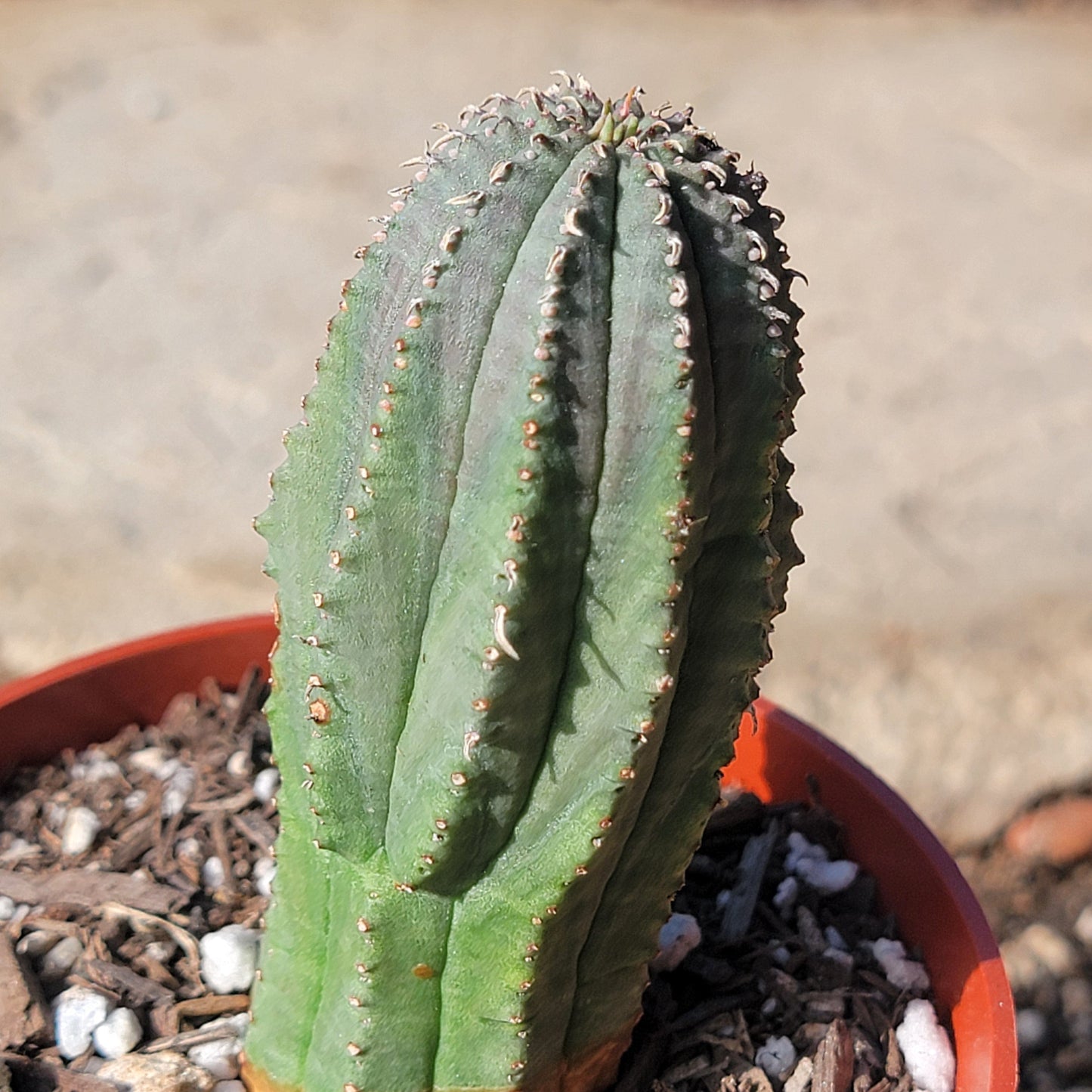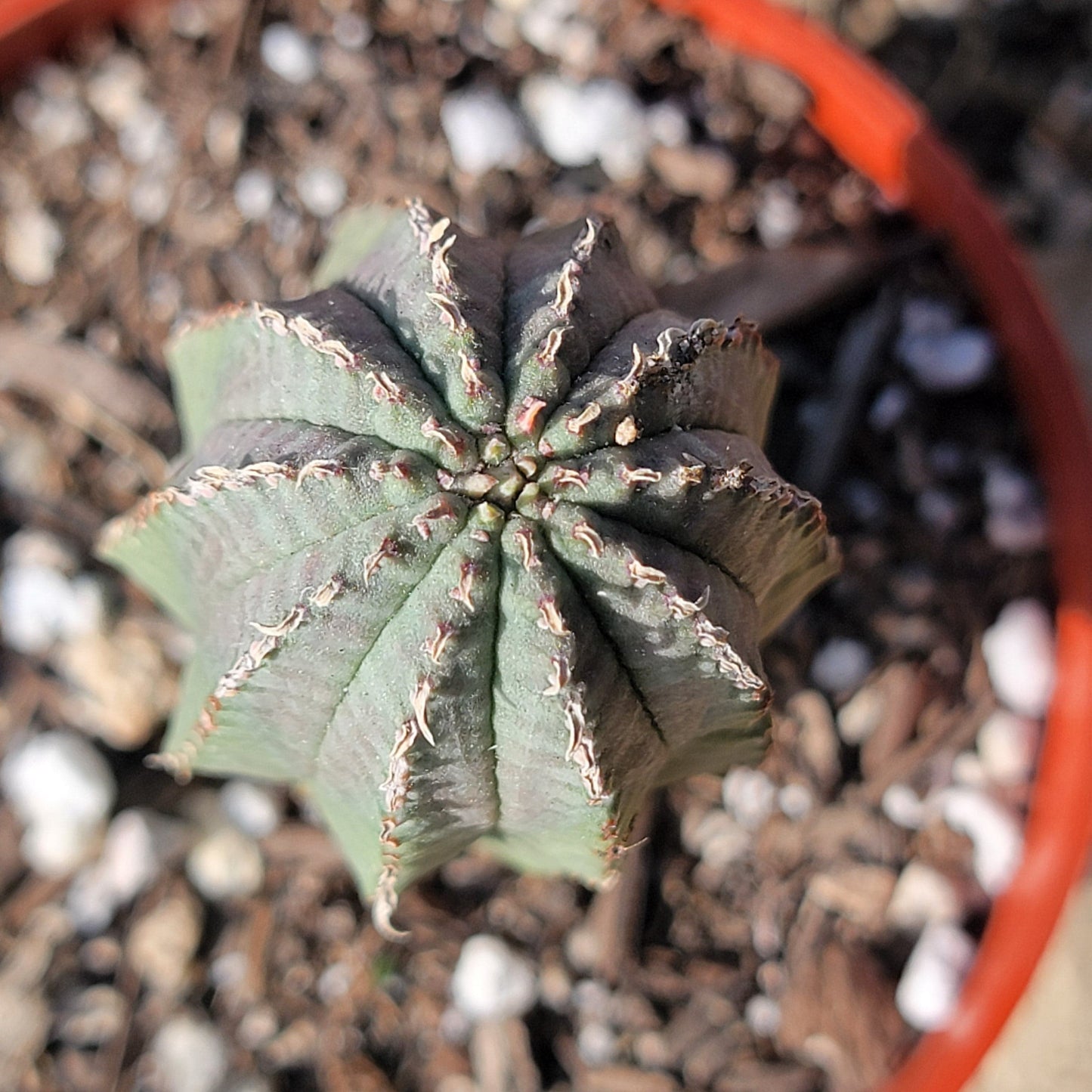Euphorbia Obesa Hybrid
Euphorbia Obesa Hybrid
Obesa hybrids, native to South Africa, are known as the Basketball plant and can be fascinating and one-of-a-kind. Be cautious of the white sap from the plant's interior and wash with soap and water if in contact. Protect from frost and provide filtered light. This plant is hardy at 36 degrees F and should be watered thoroughly when soil is dry. Look out for yellow/green flowers during the summer.
Please Note: Plant will ship bare root with little to no dirt, you will receive a plant similar to the one in the photo. Be aware that the sap of this plant is toxic and should not be touched by children or pets. If you happen to come into contact with the sap while handling the plant, wash your hands right away.
Returns & exchanges: Not accepted
Please contact us if you have any issues with your order
Share



